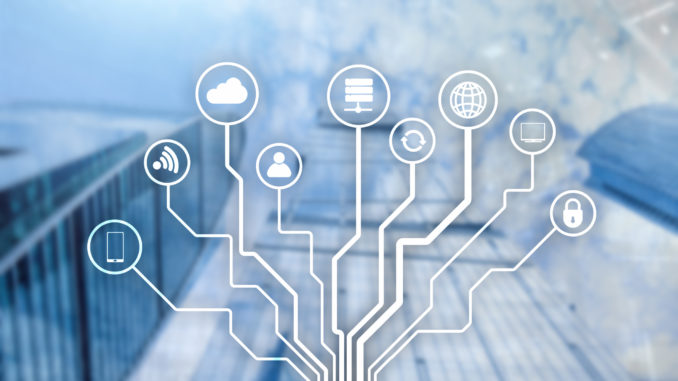
Introduction
IoT landscape is evolving rapidly and edge computing is becoming the next frontier where extensive innovation has taken place. Edge Computing is one of the core components of IoT. Organization from transportation, oil & gas, manufacturing and smart buildings are relying on edge computing to create the next generation of cutting-edge application involving AI & automation.

IoT Ecosystem
IoT Intelligence Edge is a recent addition to the IoT portfolio. This was initially built as an IoT Gateway but graduated into a fully blown edge computing platform. The IoT Edge is placed right in between the devices layer and the IoT Central. Edge computing in IoT ecosystem brings the computing power closer to the origin of data. In the absence of edge computing the data acquired from sensors and actuators will be sent to remote data center (IoT Central) resulting in increased latency, poor data quality and increased bandwidth. Edge layer runs edge computing logic on the data ingested by devices while providing analytics in real-time. Advantages of edge computing are:
- Low latency: Edge computing provides compute, storage, and networking capabilities near the device.
- Reduced bandwidth: Edge layer aggregates and filters data by only ingesting what’s required for the IoT Central.
- Offline Mode: Applications that have intermittent access to the Internet and cloud can rely on local resources provided by the edge computing layer.
- ML inference: Machine learning models that are trained in the public cloud are deployed at the edge for faster inferencing and analysis.
The devices running edge platforms are often deployed in remote places that are not easily accessible. They need to be registered during the initial onboarding process after which they are remotely managed from the IoT Central. In case the edge device is offline when applying a new configuration, it gets pushed to the queue and as soon as the device gains connectivity these are deployed to the edge platform. IoT Edge seamlessly manages the interaction between devices and IoT Central. It does all the necessary plumbing involved in authentication and communication of sensors and devices.
The sensors and actuators that are responsible for either acquiring the data or controlling a device. These devices are not directly connected to the cloud. Instead, they talk to the local edge computing layer. IoT Edge acts as a transparent gateway that may translate the protocols and data formats used by these leaf-level devices. Each device has a corresponding module registered with the edge layer and these modules are managed by the runtime.

Disclaimer
The views expressed in this article are the author’s views.
Sameer S. Paradkar is an enterprise architect with more than 20 years of extensive experience which spans across System Integration, Product Development, and advisory Organizations. Sameer works as an SME on architecture modernization and transformation initiatives. He has worked on multiple digital transformations engagement and large complex deals in North America, Europe, Middle East, and ANZ regions that presented a phased roadmap to the transformation maximizing the business value while minimizing costs and risks. Sameer is certified and competent in different methodologies and frameworks including: TOGAF, NGOSS (e-TOM & SID), ITIL, COBIT, Agile, Scrum, DevOps, Scaled Agile Framework – SAFe and Business Capability Modeling. Sameer is part of the Architecture Group in AtoS. Prior to AtoS, he has worked in top tier SI and Consulting organizations.



